What Happened in the Archean Eon? [4.0 to 2.5 billion years ago]
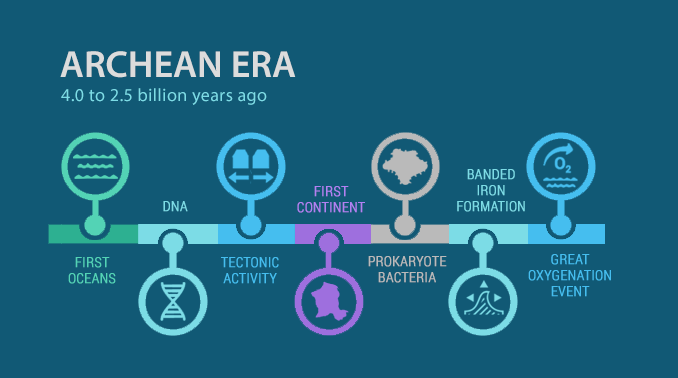
“From 4.6 to 4.0 billion years ago, the Hadean Eon was a violent time in Earth’s geologic history. But in the Archean Eon, Earth finally starts to cool down with a more stable climate.”
Some of the major highlights of the Archean Eon include:
- OCEANS AND CONTINENTS: Because Earth cooled down, it was able to support oceans and continents.
- BANDED IRON FORMATIONS: Next, oxygen-filled the oceans from cyanobacteria. Interestingly, most of the world’s iron ore deposits were produced in this eon from banded iron formation.
- OZONE LAYER: Eventually, the ozone layer forms. This layer of protection was essential for life to form.
Let’s take a look at the Archean Eon in a bit more detail.
Earth has its first oceans
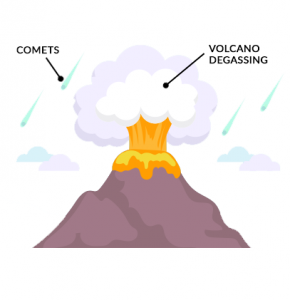
The Earth began cooling in the Archean Eon. And because it was cool enough, water could finally condense to form its first oceans. This was in large part because the moon stabilized Earth’s climate giving it seasons.
Remember that heat flow was intense in the Hadean Eon. Because of the high temperatures, any water on the planet would have evaporated into space.
Also, in the heavy bombardment stage, this is when scientists believe comets transported water to Earth. The alternate theory for the origin of water is that it existed all along in rocks inside the crust. Because Earth’s interior contains minerals with hydrogen and oxygen, volcanoes continually “degassed” releasing H2O as water vapor.
Now, that the Earth’s climate stabilized, water no longer evaporated from extreme temperatures. Finally, water condensed, then oceans remained. And because Earth had oceans, this is where life began about 3.5 billion years ago.
The first tectonic activity builds continents

Scientists still debate whether or not continents existed in the Archean Eon. There are no definitive answers yet when the first supercontinent emerged.
There is evidence the first cratons are now located in Western Australia and South Africa. This crust from the supercontinent Vaalbara dates back 2.7 to 3.6 billion years ago.
This resonates with the fact that Earth’s crust was cooling in the Archean Eon. This cooler climate allowed the formation of continents because the lithosphere became more stable.
Also because plate tectonics are necessary for building continents, this means tectonic activity was present in this eon.
Oxygen begins to fill the atmosphere
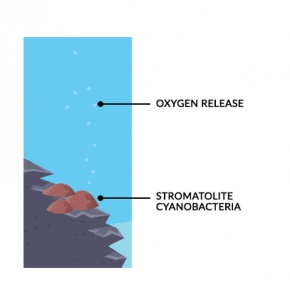
At the start of the Archean Eon, Earth was without free oxygen. Water molecules had oxygen but they were bonded with Hydrogen.
In this eon, Earth’s atmosphere was mostly methane and nitrogen. The only life forms that could exist were anaerobic cyanobacteria (blue-green algae).
In the absence of oxygen, these microscopic cyanobacteria converted sunlight to energy. They carried out photosynthesis in the oceans metabolizing their own food. As a waste product, cyanobacteria released oxygen.
Over time, free oxygen built up in the oceans into banded iron formations. But oxygen poisoned cyanobacteria threatening their very own existence.
Iron collects on the seafloor
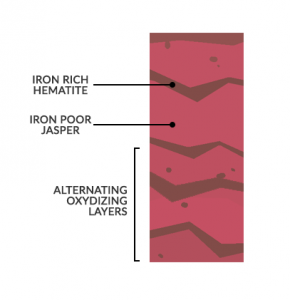
As oxygen filled the oceans, it mixed with iron. Iron rusts when it reacts with oxygen. So over time, the seafloor collected rusted iron.
Most of the world’s iron ore deposits were produced in the Archean Eon. We can find banded iron formations all over the world such as Australia, Canada and Russia.
Oxygen continued to form rusted iron in the oceans. Because there was no more iron to rust in the oceans, oxygen entered the atmosphere.
This event is the Great Oxygenation Event when the atmosphere first became oxygenated.
A summary of the Archean Eon
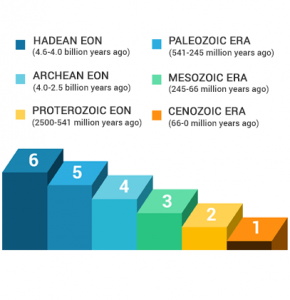
The Archean Eon marked a time when Earth’s climate began to stabilize.
Earth cooled down from its molten state. It eventually could support oceans. Tectonic activity built continents.
In the Archean Eon, oxygen filled the atmosphere, and most of the world’s iron ore was deposited.
Because the Earth’s conditions stabilized, eukaryotic and multicellular life could finally emerge in the Proterozoic Eon.
The Archean Eon
During the Archean Eon, which spanned from approximately 4 billion to 2.5 billion years ago, significant geological and biological events unfolded on Earth.
Notably, this eon witnessed the formation of the first continents, the development of Earth’s early atmosphere, and the emergence of life in the form of simple, single-celled organisms, marking a critical phase in the planet’s evolutionary history.
We hope you’ve learned a lot about this section of Earth’s timeline. Do you have any questions? Please let us know in the comment section below.

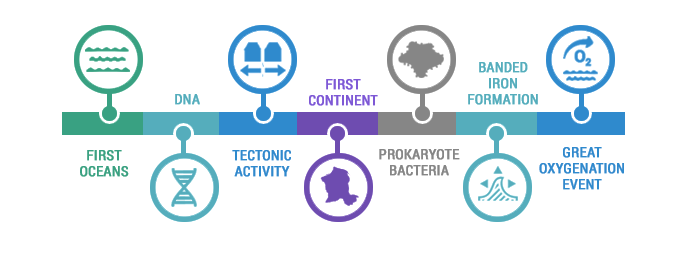
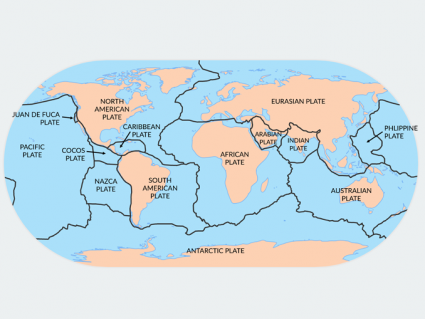
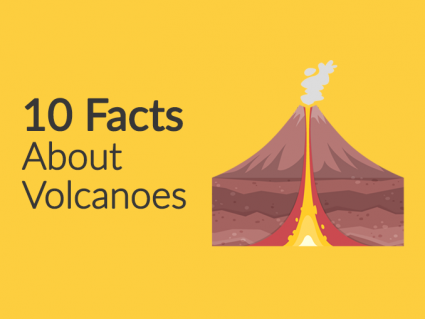
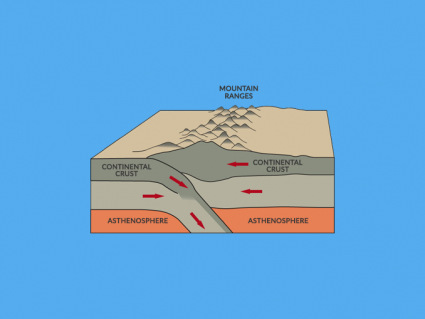
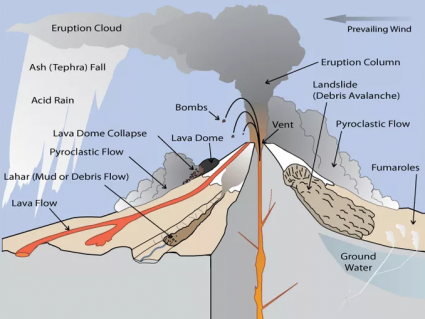
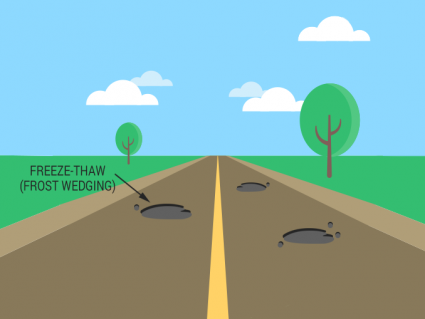
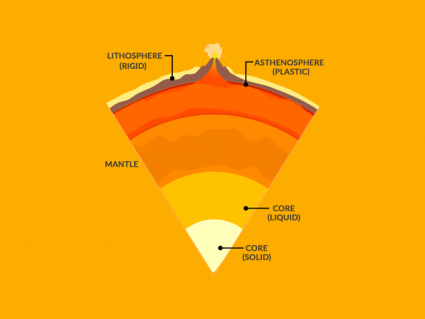
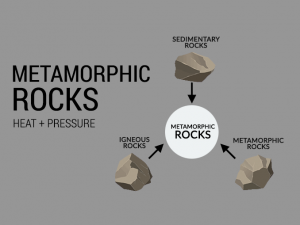
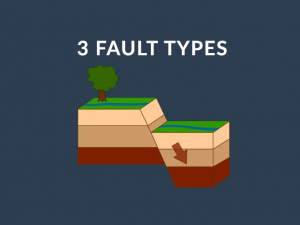
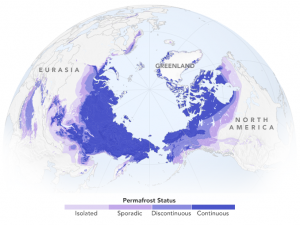
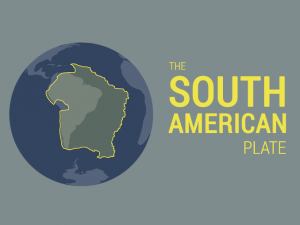
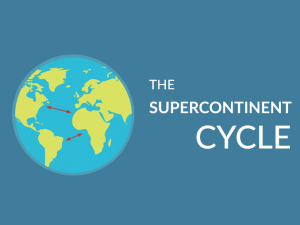
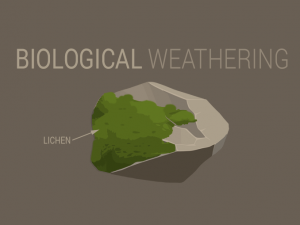
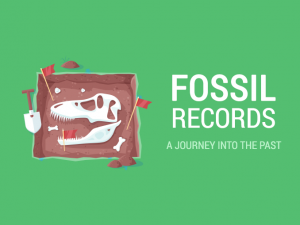
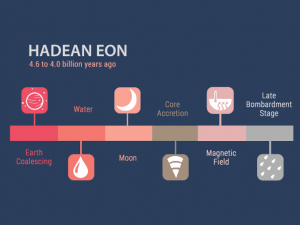
Remember that heat flow was intense in the Hadean Eon. Because of the high temperatures, any water on the planet would have evaporated into space. Also, in the heavy bombardment stage, this is when scientists believe comets transported water to Earth. The alternate theory for the origin of water is that it existed all along in rocks inside the crust. The first tectonic activity builds continents. This crust from the supercontinent Vaalbara dates back 2.7 to 3.6 billion years ago. But roughly 2.45 billion years ago, the isotopic ratio of sulfur transformed, indicating that for the first-time oxygen was becoming a significant component of Earth’s atmosphere, according to a 2000 paper in Science. Iron collects on the seafloor as oxygen filled the oceans, it mixed with iron. This eon represents the beginning of the rock record.
Many thanks for the article.
This was so helpful for school!!! Could you please put dates on the events though?
The important Lake Superior iron formations of USA-Canada are much younger (eg 180 Ga)
https://pubs.geoscienceworld.org/gsa/geology/article-abstract/44/7/547/195207/Multiple-episodes-of-hematite-mineralization?redirectedFrom=fulltext
Correction – the Great Oxygenation Event was Proterozoic between 2.45 and 2.32 Ga, the BIFs span Archean to Proterozoic e.g. “Hamersley banded iron formation (BIF) was deposited between 2.63 and 2.45 Ga (Trendall et al., 2004) and is one of the best-preserved late-Archean to Early Paleoproterozoic BIFs (Klein, 2005) that precede the Great Oxidation Event (GOE) at ca 2.4 Ga (Bekker et al., 2004)”.
“Most of the world’s iron ore deposits were produced in the Archean Eon. We can find banded iron formations all over the world such as Australia, Canada and Russia”.
I don’t think so! They are mostly Proterozoic Eon not Archean. YOUNGER than 2.5 Ga
Can you change the graphic to say Eon instead of Era?
This is a good article, can you add how scientists study this?
Hi. I really liked this article, thank you this really helped with school stuff!
How long did the archaean eon last?
Hi I really enjoyed this article. It was very informative and great for my school project. I loved how it was very simple and easy to understand, yet still provided me with a lot of information! Thanks so much!
Hi,
You haven’t quoted sources for the information.
Can you put the dates on when these events happened please?